ASTROLOGICAL PERFUMES
BY JAMES DOTSON
Why classify perfumes? A primary reason is that scent is so inchoate, protean
and inaccessible to our verbal apparatus that we are forced to use analogies as descriptors;
so we say a fragrance is like something else. Lots of schemes have been used this way,
for instance music ( we talk of notes and accords), color (green or dark perfumes), or the
awkward current system of seven or nine fragrance families (citrus, fougere).
Once you start classifying a perfume, even the experts have difficulty agreeing, and the scents
tend to slip out of neat niches and fall into an in-between place, like the land of woody-fruity-florals.
But even a rough attempt to categorize gives you something to grasp. With even one small point
of reference you can begin to develop your imaginative picture of a scent until it emerges as a
living being. For example, you can think of perfumes as characters in a mystery novel.
When you say, “leather tobacco” you can see a tweedy gentleman in an overstuffed club chair, and when you add another descriptor, like “waxed wood,” the flat character begins to come to life with a cigar in hand, next to a fireplace in a mahogany-panelled room.
In a similar manner, astrology uses a symbol system based on classical mythology and iconic creatures to establish a story with characters that are described via correspondences. Here the law of analogy is the key to the central tenet of astrology that “like attracts like” by means of a mysterious chain of sympathy, so that an object that resembles the Sun because it is shiny (metallic gold) or round and golden (an orange fruit) will attract solar powers from the heavens like a spiritual magnet.
The attribution of specific scents to planets, stars and constellations is part of the ancient priestly tradition of fire and sacrifice. In Mesopotamia the planet Jupiter, the body of the god Marduk, required an offering of smouldering cedarwood, and similarly in pharaonic Egypt the sun god was given frankincense. And so began the secret science of astrological perfumes. According to occult lore as recorded in the apocryphal Book of Noah, it was the fallen angels who first taught mankind the secrets of metals, perfumes and enchantments and “made them acquainted with plants.” With the decline of the Roman empire, as the pagan priesthoods began to disappear, these traditions were passed on orally and generally in great secrecy since there were imperial laws against the practice of sorcery.
Probably the first document to codify these planetary perfumes was in a 2000 year old collection of papyri, known as The 8th Book of Moses, found in the 19th century in the tomb of a Greco-Roman magician in Thebes. None of this information was ever really available in a book, until an unknown scholar composed the 11th century Arabic treatise on astrological magic known as Picatrix, or The Aim of the Wise, purportedly collected from the lost writings of “ancient sages.”
The perfume formulas from these writings, generally burned as incenses, are challenging to interpret, due to the fact that many plant names do not translate into modern botanical terms without a fair amount of guesswork, and furthermore many perfumes called for ingredients like leopard blood, sparrow’s brain and even more arcane animal products.
Nonetheless, later Medieval and Renaissance writers borrowed heavily from this work, though as the lists of astrological perfumes proliferated it was obvious that the recipes seemed to disagree on particulars more often than not, for instance insisting that the proper scent for the Moon was myrrh, or it must be myrtle, or else wormwood. Meanwhile, Picatrix ended up in Venice in the rooms of Casanova, where it was seized by agents of the inquistion as evidence of his devilish ways.
In modern times, in early 19th-century London, the celebrated sorcerer Francis Barrett opened a school of wizardry in Marylebone High Street and published his definitive recipes for all to see. He said that the perfume of the Moon was “myrtle or any leaf” and that the correct scent for the lunar sign Cancer was camphor. A hundred years later, the infamous Aleister Crowley included an obsessive compendium of perfume correspondences in his magickal book 777, in which the Moon’s scents were listed as: jasmine, ginseng, orris, camphor and aloes.
"There is in Man, the power and apprehension of all divination, and wonderful things, seeing we have a complete system in ourselves, therefore we are called Microcosm or little world, for we carry a heaven in ourselves from our beginning..."
This all tends to make the subject of astrological perfumes seem hopelessly muddled, but this can be remedied by going back to the law of analogy which was the original key to creating perfumes meant to invoke the stars. Remembering that scents can be appreciated as characters, it is easy to imagine the Moon as a soft dreamy goddess associated with water and the night. So she would naturally be symbolized by flowers that bloom at night like jasmine (known as Night Queen in India), and also any flower that was colored white like the Moon (gardenia,tuberose, lily) and those scents that give an impression of coolness (camphor, wintergreen). Flowers that bloom on the water, such as lotus and waterlily would also fit here. Another white and watery thing that is ruled by the Moon is milk, so lactonic or dairy accords would also be lunar.
Choosing to wear a lunar fragrance would be a way in which you could create a new persona, like putting on the silvery costume of a languorous Egyptian priestess and dimming the lights.
The following list of zodiacal perfumes is based on analogies, as well as the archaic and Renaissance correspondences to the seven planets and the four elements. Each sign is associated with both a planet and with either Earth, Air, Fire or Water. I won’t go into detail about elemental perfumes but in general Earth consists of heavier basenotes and things that smell like roots or dirt, Air scents are mostly topnotes and are fleeting, Fire is smoky, sharp and hot, and Water is smooth and cooling.
ARIES (planet Mars, element Fire) : the first sign is heroic and hot-headed, destined for peppers, warm spices like coriander and ginger, and hot coffee. Since Mars is a warrior, he rules over the leather family, and smoky scents like tobacco, birch tar and cade. All red flowers, such as carnation and hibiscus are Arian.
TAURUS (planet Venus, element Earth): sweet and
voluptuous scents belong here, particulary the oriental,
amber, balsamic and vanilla ones. Rose is the
quintessential Venus flower because the bloom was
colored red by the blood of Venus as she held her dead
lover Adonis. Other rosy notes like palmarosa and
rosewood are also venusian. Since Aphrodite was
born on the island of Cyprus, all perfumes in the
chypre family would fall under Taurus.
GEMINI (planet Mercury, element Air): Mercury is androgynous and the element Air makes it even more so; naturally if rules over all colognes, unisex scents and perfumes characterized by mostly light and fugitive topnotes like the drier citruses (lime, lemon, grapefruit), lavender, mastic and mints. The wand of Mercury was made of hazelnut, and so all the nut fragrances are mercurial.
CANCER (planet Moon, element Water): see all the lunar perfumes mentioned above. Also other cool and refreshing notes like cucumber and melon. By most ancient traditions, myrrh is associated with the Moon and the sea, though it is also linked to mysterious and dark Saturn.
LEO (planet Sun, element Fire): all incense gums
and resins are ruled by the Sun, golden citruses
like orange and mandarin, as well as neroli flowers.
Spices that give a sensation of both warmth and
sweetness (cinnamon, cassia). Also rosemary
and juniper. Bay laurel is sacred to Apollo.
VIRGO (planet Mercury, element Earth): because
Virgo holds a sheaf of wheat, all grains and gourmand
or pastry accords fit here, as well as the agrestic scents
of hay, grass and clary sage. And the moss or fougere
family and anything herbaceous. Culinary notes of celery and dill. Narcissus.
LIBRA (planet Venus, element Air): this is the green side of Venus as queen of nature, so all green florals. Most classic green notes such as galbanum and geranium. Also the more delicate airy florals (lily-of-the-valley, apple blossom, violet, linden).
SCORPIO (planet Mars, element Water): the steamy nightside realm of Mars, so sultry musks rule here and the more feminine warm leathers, spicy basil, pink pepper, gingerlily and anise. Oppopanax.
SAGITTARIUS (planet Jupiter, element Fire): for the king
of planets we use oud, imperial spices (nutmeg, clove, saffron),
any scent characterized as sporty or equestrian, most sweet
fruits like pear and peach. Since Iris was placed on the
scepters of kings it is Sagittarian. Cedar, oakmoss.
CAPRICORN (planet Saturn, element Earth): all odors of
dirt (patchouli, mushroom), roots (vetiver, cyperus),
lonely graveyard trees (cypress), bitter notes (myrrh),
and in general things that are stinky and animalic (civet).
AQUARIUS (planet Saturn, element Air): airy scents such
as fennel, eucalyptus, and bergamot. Hyacinth and other pale
lavender and blue flowers. Pine and fir. Because it is an electric, scientific and “modern” sign, all of the aldehydes are Aquarian.
PISCES (planet Jupiter, element Water): oceanic accords,
seaweed, ambergris, choya. Anything tropical, both fruit
(pineapple) and flowers (ylang-ylang, frangipani, champa).
Pisces rules over alcohol, cognac and liqueur notes.
So, that was fun and now we can all go off and find perfumes
to match our sun-signs, right? I am tempted to leave it at that.
Instead I will tell you why the astrological scents were
considered secret and dangerous.
You see, the original point of assigning perfumes to planets and constellations was talismanic. It was believed that the proper scents would draw down the stellar virtues to earth and enpower the person, place or object that was imbued with the fragrance. By the rule of “like attracts like” frankincense would attract the forces of Leo the lion, and intensify the leonine qualities of boldness and regal command. Unfortunately an extra dose of Leo could quickly turn arrogant and dictatorial. And that is why the whole subject of talismanic astrology, as well as the healing traditions of astrology were the provenance of experts. Generally, an astrologer would delineate the most powerful planet in a birth chart and then accent it with the proper scents.
Of course, now that you know that you can wreak astral havoc with the improper cologne, you will be dying to jump right in and experiment on your own.
Without detailed knowledge of your natal chart, here are a few general rules. The perfumes of Cancer and the Moon are soothing, and make you more intuitive. But too much could lead to being sluggish, water-logged and indecisive. Since Venus and Jupiter are the most fortunate planets in general, all scents assigned to Taurus, Libra, Sagittarius and Pisces are used to increase wealth, happiness and good luck. Gemini and Virgo help with intellectual success. Mars scents are activating, but they were also used in spells of combat and disruption. Saturn perfumes (Capricorn, Aquarius) are philosophical, very established and old-money.
But again, if you do not have a strong Saturn in your chart they can lead to melancholy and isolation. In fact, there was an entire “darkside” of occult perfumes that could be used to curse people or even entire buildings or towns. During World War II, the Nazi SS “asked” the grandmaster Gregor Gregorius, who was the head of a German secret society of astrological magicians known as The Brotherhood of Saturn, to design a perfume for the manipulation of crowds. He fled the country shortly thereafter, so I can’t tell you what it smelled like. Very dreamy, I imagine.
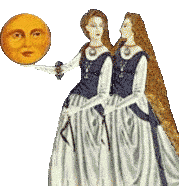

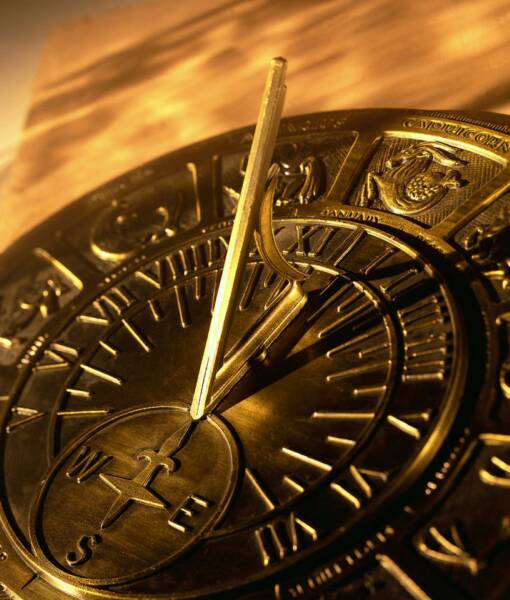






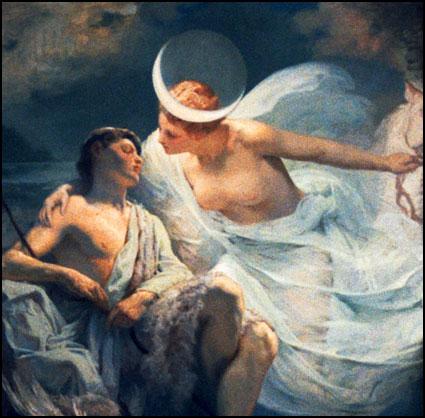
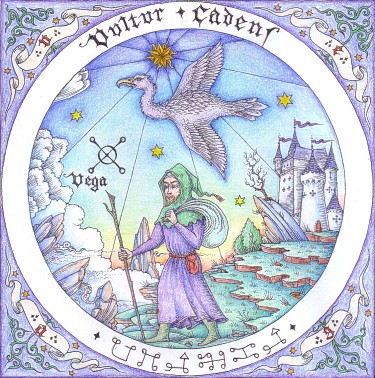


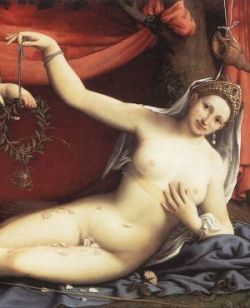
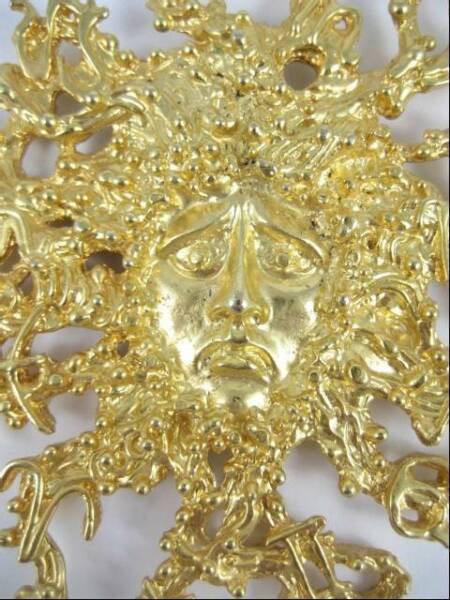
Francis Barrett
Venus
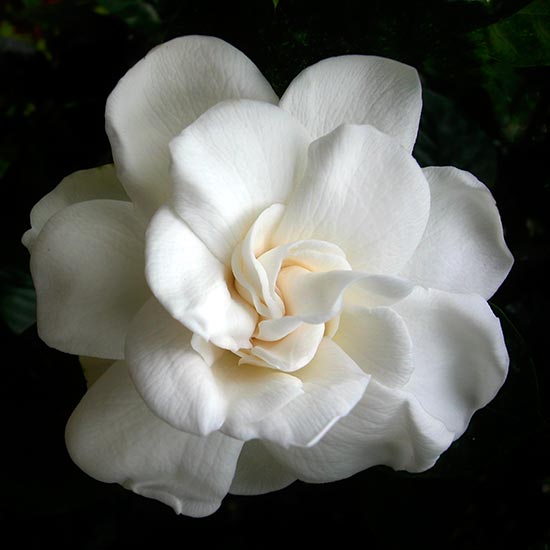

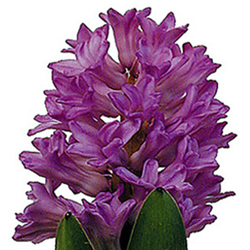
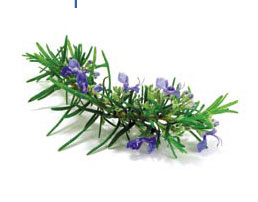
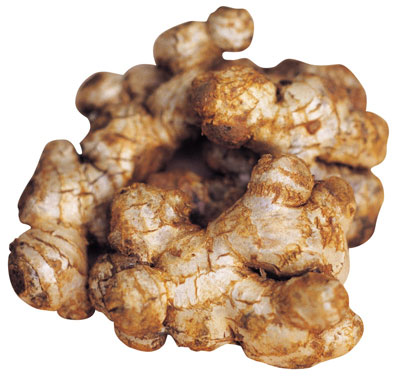
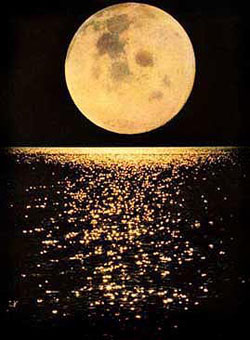
About James Dotson
As soon as he could crawl, James dragged himself into the garden and began smelling the scented pelargoniums and purple bearded iris. He began precociously reading peculiar old herb books and attempted to prepare Hungary Water from rosemary. Since alchemy was not a contemporary career choice, he became a psychiatrist with a fondness for deeply strange things. His current interests include the neuropsychiatric aspects of olfaction, cross-disciplinary studies of smell, healing and magical perfumes, and all things odorous. James enjoys meeting fellow flaireurs and olfactophiles and feels they represent a superevolved form of humanity.
Other articles by James Dotson:


SMELLS LIKE HELL
by James Dotson
“I’m strangling; the odor from those incense burners
is intolerable!”
“You’ll get used to it in a few seconds.”
”But what do they burn that smells like that?”
“Some syrian rue, leaves of henbane, datura, dried
nightshade, and myrrh.
These are perfumes delightful to Satan, our master!”
La-Bas, A Study in Satanism, J. K. Huysmans (1891)
With the end-times rumbling towards us, right around
the corner, I like to ponder the abstract and metaphysical
questions like - what does Hell smell like? And what
about the devil?
So I turned to my favorite scary part of the Bible, The Book of Revelations, which says that Satan lives in “ a lake of burning sulphur.” Lucky for me, I live only a few hours from Lassen Volcanic National Park, home of a semi-dormant stratovolcano, Mount Tehama, that continues to send out hydrogen sulfide gas through steam vents, calmly passing the time until it can erupt and destroy California. As someone who has leaned his head into one of these vents, I can say with authority that is smells like hard-boiled eggs, not really that bad though other people insist on describing it as “rotting eggs.” I think sulphur has a bad rep, especially since it is abundant in most of the lily family, and there are sulphuric odorants in cassis and grapefruit that lend them radiant sharp green notes - yet another example of tiny amounts of stinky compounds which add character to fruits and flowers.
Getting back to the research, I found a quote from Hildegard of Bingen who spent the 12th century gliding through the universe in her ecstatic out-of-body visions, and she described a fly-over of Hell as , “ A long and wide marsh filled with filth and vermin of many types and emitting the worst stink.” Interesting that her vision had a smell component, but still a pretty vague description for my purposes so I checked in with someone more contemporary, namely siva, webmaster of www.satanservice.org . He is a detail-oriented curator of all things satanic, and he provided a long list of devilish aromas which seemed to be divided into animalic (he mentioned civet, which to me smells precisely like a devil in a fur coat, trailing a cloud of Zibeline), peppers, and once again, sulphur. In particular he listed asafoetida, which is a resin from a plant that looks like a giant fennel, and is used as a spice in Indian cuisine. Its common name is Devil’s Dung, and it is loaded with disulphides which give it a garlicky aroma, though when you heat it, it becomes more subtle, like leek. I’ve burned the resin which can be pretty atrocious, though you can definitely detect some incensey or galbanum qualities. I’ve read that there is a steam-distilled oil that has a more refined scent, and it is listed as an ingredient of Vent Vert and Cabochard, though obviously in minute quantities. But as we know, it is the touch of madness that makes a great perfume.
Finally - whether he’s strolling through an apocalypse zone or resting in an everlasting pit of fire, the Horned One is bound to smell like smoke. Two of the smokiest natural materials are cade and birch tar, both “destructive distillations” in which the wood is actually roasted like coffee until it breaks down into a sort of creosote mix of medicinal/phenolic/vanillic tars. Cade is a juniper and the burnt oil lends a dark leathery forest or fern feel to blends. Birch tar is the essential component of classic Russian Leather (and the chewy goodness of Patchouli 24 by Le Labo), and it gives an impression of campfires, old books, wintergreen and balsam. Another member of the smudgey family is Choya Nakh, a traditional Indian distillation of burnt seashells, used to a marvellous effect in Mandy Aftel’s Tango. But the crown for Supreme Smoke-Monarch perfumer must go to Christopher Brosius for creating an entire library of smokes: the austere Fire From Heaven, the delicious peat moss of Scotch Whiskey, and the haunting carmelized smoke of Burning Leaves. Not to mention Bonfire, Burning Wood and others.
(images from www.satanservice.org)
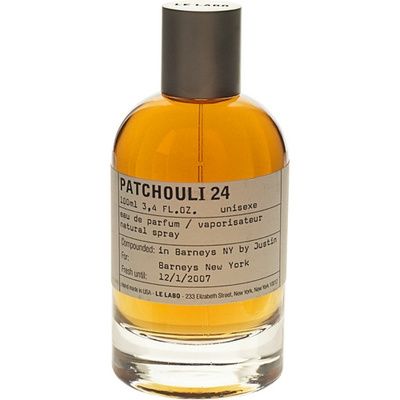

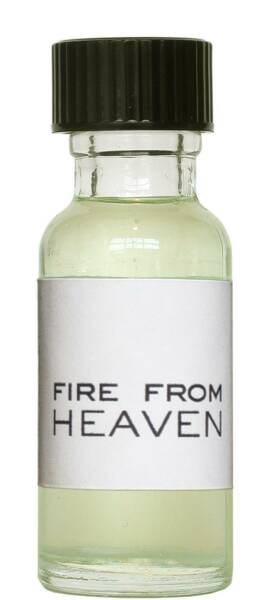


All rights reserved 2006-2010. All content belongs to Sniffapalooza Magazine. All articles by individual writers and contributors, understand and agree that each article that is accepted by the Editor for publication; becomes the property of Sniffapalooza Magazine for the sole purpose of publication for Sniffapalooza Magazine. Articles may be archived for permanent use on the web site for Sniffapalooza Magazine and for future issues.
All articles remain the property of Sniffapalooza Magazine for display purposes only.
Sniffapalooza Magazine is independently owned and operated by Raphaella Barkley.